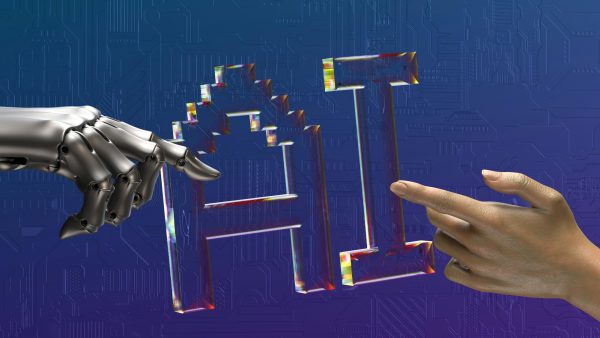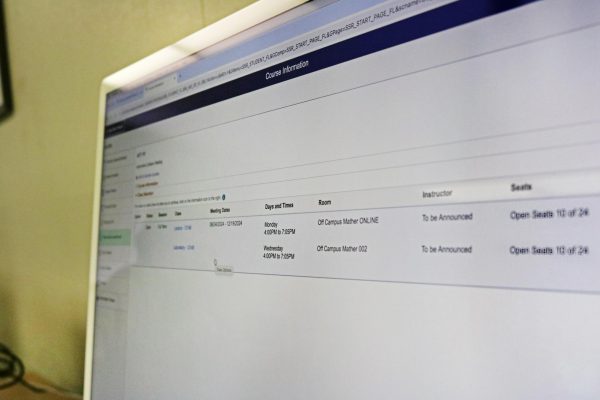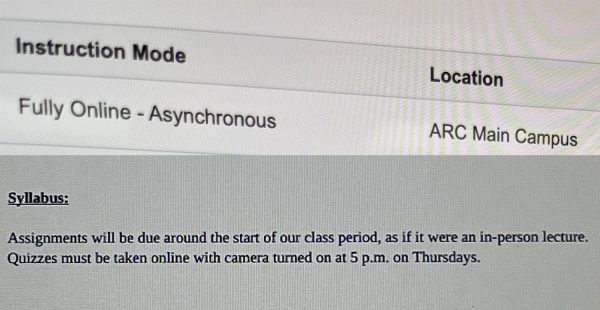Social media is not just hurting the kids
Parents and grandparents alike have been swept up in the storm of social media disinformation and sensationalism
Social media platforms can inhibit the judgment of adults who have not grown up immersed in technology. Since the COVID-19 pandemic began, this problem has skyrocketed out of control. (Photo via Pixabay)
Since the advent of hand-held devices and social media, many members of older generations have been wary of the effects of these changes on their children and society.
After almost a year of quarantine due to the COVID-19 pandemic, conflicting information on the validity of wearing facial covers from the Centers for Disease Control, and months of election fraud allegations from former President Donald Trump, disinformation online is on the rise. In its wake, many members of older generations seem to have fallen victim to the nefarious nature of social media that they had long feared for the youth.
Though most young people still use their devices and social media platforms more often than older individuals, according to a 2018 Pew Research Center article, many have developed a keener eye for detecting garbage on their feed or curating an individualized stream of information they are interested in seeing from a variety of sources.
This is largely because young people, particularly those born past 1995, or GenZ, have been immersed in technology for most, if not all, of their lives and do not often have strong affiliations to either political party.
“Younger Americans are more “digitally savvy” than their elders, a characteristic that is also tied to greater success at classifying news statements,” the article says. “But even when accounting for levels of digital savviness and party affiliation, the differences by age persist: Younger adults are still better than their elders at deciphering factual from opinion news statements.”
Older generations, unaware or unfamiliar with algorithms, the power of hashtags or like buttons and the democratic nature of social media platforms, are often ill-equipped to interpret the flood of information that can be “found by” or forced upon an individual on social media.
Because big tech is unwilling to address this problem through meaningful changes to their platforms, it’s up to the younger generation to educate our elders on social media literacy and take off their rose-colored glasses so they may see the red flags that have always been present online.
Many older people are finding themselves in the classic social media trap of clicking on one post, video or article and from there being sent down an often alt-right rabbit hole of disinformation and sensationalism.
Current examples of these rabbit holes include but are not limited to anti-vaccination propaganda, discrediting the validity and need of the COVID-19 vaccine, “proof” that the 2020 presidential election was rigged, claims that Joe Biden is bringing the era of socialism and the Sandy Hook elementary school shooting, that took place on Dec.14, 2012, as well as other school shootings are a hoax perpetrated by the government with the use of “crisis actors” to take away Second Amendment rights.
All of this can be easily debunked with a simple Google search— that’s if the individual knows the proper questions to ask— however, unfortunately, many people only know to ask questions based on what they believe, and because of this, their search results may be different and muddled by pages of opinion, not fact.
This is becoming a significant problem because older people are using social media platforms at higher rates than ever before.
According to a 2018 Gallup poll, the rates of Facebook usage by older people have significantly increased while the rates for younger people have remained the same.
“The greatest increase in Facebook use from 2011 to 2018 has been among adults aged 50 to 64. This group’s rate of use has grown from about a third in 2011 to more than half today. Retirement-age adults have nearly doubled their rate of use,” according to the poll.
Currently, there is an ever-growing population of older people who, though they are first in line to receive the COVID-19 vaccine, will not take it because of disinformation they found online on social media platforms. Though Facebook has recently acted to remove this content from their platform, it’s too late, the damage has already been done, and it still exists across the internet on other platforms.
This directly affects not only their own health and safety but also that of others, as well as causing harm by putting a strain on familial relationships, in which one family member isn’t comfortable seeing another who has not gotten the vaccine.
As we embark on the future, the numbers of older people using these platforms will increase alongside population growth and individual life span expectancies due to the advancements of modern medicine. Practical approaches to this problem must be thought of now and not once it becomes a societal crisis.
A 2019 Scientific American article, by Dipayan Ghosh, details the ways in which older generations are more susceptible to fall prey to disinformation. Based on information gathered from an American Association of Retired Person’s survey done in 2018, Ghosh highlights that for people age 60 and older, loneliness is a significant factor in falling prey to disinformation.
“Lonelier individuals exhibit declines in their ability to self-regulate; a heightened awareness of social threats in their environment; a greater attention towards negative social stimuli; and a reappraisal of negative interactions in the service of preserving one’s self-esteem,” the article says.
In the era of social distancing, increased loneliness is an unfortunate consequence of safety.
“With recent evidence that older adults are much more likely to disseminate fake news compared with their younger counterparts, coupled with the projected growth for this population segment in the decades to come, it is crucial to advance our understanding of the factors affecting the ways in which older adults engage with these platforms and how in turn these platforms are affecting how they function in society,” the article says.
Until these advancements in understanding come from those with the power to change it, it’s up to the younger generation now to tell their parents when it’s time to get off the laptop and put down the phone.















